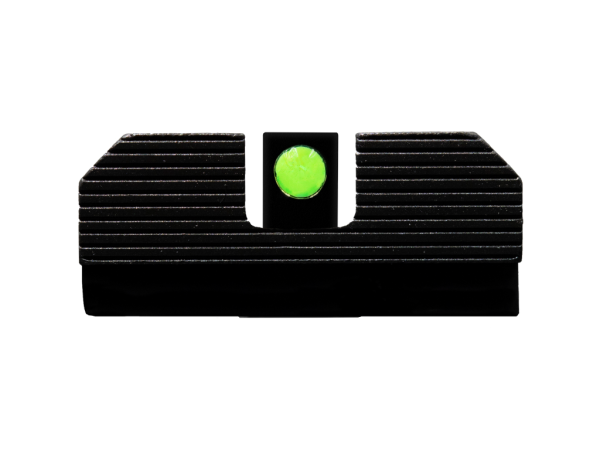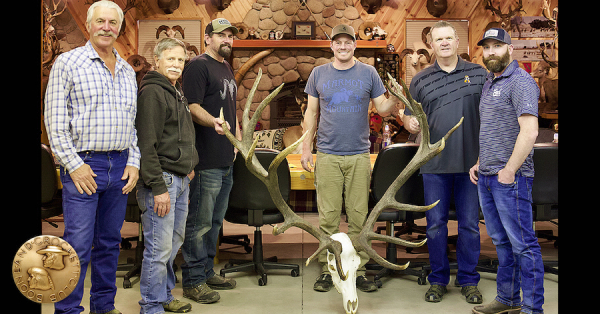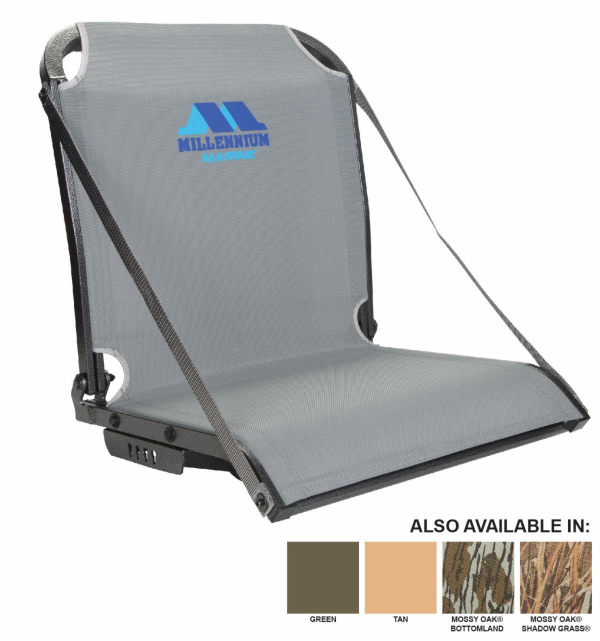XS Sights Introduces Fiber Optic Sights for Glock Pistols

Fort Worth, Texas – XS® Sights is excited to introduce fiber optic sights for Glock pistols. Made in the USA, these durable steel sights deliver exceptional daytime brightness and visibility for Glock owners looking to upgrade their competition and training pistols.
The XS Glock Fiber Optic Sight kits feature a precision CNC-machined, serrated rear sight and a front sight with green fiber optic insert. An interchangeable red fiber optic insert is also included in the kit for those who prefer that color.
“Our fiber optic sights provide an exceptionally bright aiming point in daylight to facilitate fast and accurate target shooting,” said Jeff King, Marketing Manager, XS Sights. “With its angled structure, this design allows for improved light transmission and enhanced durability. We handpicked the US-sourced fiber optic for its ability to channel light and its resistance to cracking due to its chemical properties.” Read more









